|
Dennis vanEngelsdorp, Assistant Professor of Entomology at the University of Maryland, featured in a story about neonicotinoid pesticides and honeybees in today's Nature.
How Spiderman got his Powers: A Look into Lateral Gene Transfer“Actually, Spiderman’s powers have nothing to do with radioactivity,” Dr. Julie Dunning Hotopp clarified to the roomful of entomologists. “It was the transfer of spider DNA into his genome.” While the ability to climb walls or shoot webs out your wrists (or worse) is pure science fiction, the transfer of DNA between two different species does actually occur. Dr. Dunning Hotopp explained that this process, known as lateral gene transfer (LGT), is quite widespread and the advent of genome sequencing (determining the chemical code that make an organism unique) in the last decade has greatly expanded our knowledge on the prevalence and role of foreign DNA in animals 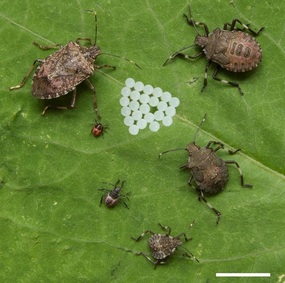 (The Brown Marmorated Stink Bug) (The Brown Marmorated Stink Bug) Demonstrating high LGT frequency in invertebrates, Dr. Dunning Hotopp’s team detected LGT from the bacterial endosymbionts Wolbachia in over 30% of sequenced arthropod genomes. Wolbachia is an intracellular bacterial parasite/mutualist with complex host interactions. While LGT from bacteria to animals often has no benefit to a host, in certain cases it can be advantageous. For example, the coffee berry borer, a major pest to coffee growers, and the brown marmorated stink bug both have a gene originally acquired from bacteria. The gene, HhMAN1, codes for the protein mannanse and enables insects to digest plant sugars. Mike Raupp, Professor of Entomology and known as the University of Maryland's "Bug Guy" joins Kojo to talk about the emerald ash borer and other insects of spring. Listen to him hear.
Mitigation of N2O emissions using conservation tillage in vegetable fields transitioning to organic productions |
| Nationwide annual honey bee colony losses. Image: Bee Informed Partnership/University of Maryland/Loretta Kuo | Dennis vanEngelsdorp, Nathalie Steinhauer, Karen Rennich and their colleagues with the Bee Informed Partnership, whose latest annual survey results on honey bee colony losses are released today. Results of the survey suggest that beekeepers across the United States lost more than 40 percent of their honey bee colonies during the year spanning April 2014 to April 2015. While winter loss rates improved slightly compared to last year, summer losses—and consequently, total annual losses—were more severe. This is the first time summer losses have eclipsed winter losses since the survey began tracking summer losses five years ago. "We traditionally thought of winter losses as a more important indicator of health, because surviving the cold winter months is a crucial test for any bee colony," said Dennis vanEngelsdorp, an assistant professor of entomology at the University of Maryland and project director for the Bee Informed Partnership. |
| A nymph-stage potato leafhopper (Empoasca fabae, right of center) rests on a leaf of alfalfa (Medicago sativa). The discoloration and scarring seen on the leaves is called "hopperburn," and is the result of a toxin contained in a leafhoppers saliva. | Entomology’s Dilip Venugopal and William Lamp, as well as their colleague Mitchell Baker of Queens College CUNY, whose paper "Climate change and phenology: Empoasca fabae (Hemiptera: Cicadellidae) migration and severity of impact," was published online today in the journal PLOS ONE. Their results suggest that climate warming could be exacerbating crop damage caused by the potato leafhopper, a tiny migratory insect pest that causes millions of dollars worth of damage to crops in the eastern United States every year. Using six decades worth of data, the study found that potato leafhoppers arrive an average of 10 days earlier than in the early 1950s, and their infestations are more severe in the warmest years. These effects correspond to an overall increase in years with warmer than average temperatures over the same time period. "The potato leafhopper is a significant pest in this country, spanning multiple crops across a large area. The scale of influence is huge," said Dilip Venugopal, a research associate in entomology at University of Maryland and co-lead author of the study. "Earlier arrival dates make it particularly important for farmers to get out early in the season and scout for leafhoppers," said William Lamp, an associate professor of entomology at University of Maryland and a co-author of the study. |
Publications
- Baker, M., Venugopal, D., and Lamp, W. 2015. Climate Change and Phenology: Empoasca fabae (Hemiptera: Cicadellidae) Migration and Severity of Impact. PLOS ONE. doi:10: 10.1371/journal.pone.0124915
- Venugopal, D., Martinson, H., Bergmann, E., Shrewsbury, P., and Raupp, M. 2015. Environmental Entomology.
doi: 10.1093/ee/nvv061
- Raupp, M.J. and Szczepaniec, A. 2015. Collateral effects of neonicotinoid insecticides. Tree Care Industry. 24(2): 30 – 34.
Talks
- M. J. Raupp. P. M. Shrewsbury, and D. A. Herms. Disasters by Design: Why Insects Outbreak in Urban Forests. International Society of Arboriculture Western Chapter. Yosemite, CA. April 30, 2015.
- M. J. Raupp. P. M. Shrewsbury, and D. A. Herms. Biological control in the urban forest. International Society of Arboriculture Western Chapter. Yosemite, CA. April 29, 2015.
- Daniel Gruner gave a project talk titled “Drivers and Consequences of Mangrove Expansion into Temperate Salt Marsh” for the NASA Biodiversity and Ecological Forecasting project team, College Park, MD on April 23, 2015.
- M. J. Raupp, P. M. Shrewsbury, and D. A. Herms. Disasters by Design: Why Insects Outbreak in Urban Forests. Eastern Branch of the Entomological Society of America. Rehoboth, DE. March 16, 2015.
- M. J. Raupp. Turning the tables on invasive insect pests: Using wicked plant defenses in landscape ecosystems. Eastern Branch of the Entomological Society of America. Rehoboth, DE. March 16, 2015.

The alarm-defense system of Cimex lectularius and its implications for pest management
Post by Lisa Kuder
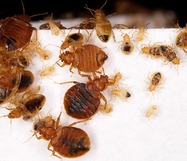 Figure 1: Cimex lectularius
Figure 1: Cimex lectularius Categories
All
Awards
Colloquium
Faculty Spotlight
Fall 2013 Colloquium
Fall 2014 Colloquium
Fall 2015 Colloquium
Fall 2016 Colloquium
Featured
Innovation
News
Publications
Science Projects
SESYNC
Spring 2014 Colloquium
Spring 2015 Colloquium
Spring 2016 Colloquium
Talks
Undergraduate
Archives
June 2024
May 2024
April 2024
March 2024
December 2023
November 2023
October 2023
September 2023
August 2023
July 2023
June 2023
May 2023
April 2023
March 2023
February 2023
January 2023
December 2022
November 2022
October 2022
September 2022
August 2022
July 2022
May 2022
April 2022
March 2022
February 2022
January 2022
December 2021
November 2021
October 2021
September 2021
August 2021
July 2021
June 2021
May 2021
April 2021
March 2021
February 2021
January 2021
December 2020
November 2020
October 2020
September 2020
August 2020
July 2020
June 2020
May 2020
April 2020
March 2020
February 2020
December 2019
November 2019
October 2019
September 2019
August 2019
July 2019
June 2019
May 2019
April 2019
March 2019
February 2019
January 2019
December 2018
November 2018
October 2018
September 2018
August 2018
July 2018
June 2018
May 2018
April 2018
March 2018
February 2018
December 2017
November 2017
October 2017
September 2017
June 2017
May 2017
April 2017
March 2017
February 2017
January 2017
December 2016
November 2016
October 2016
September 2016
August 2016
June 2016
May 2016
April 2016
March 2016
February 2016
January 2016
December 2015
November 2015
October 2015
September 2015
August 2015
July 2015
June 2015
May 2015
April 2015
March 2015
February 2015
January 2015
December 2014
November 2014
October 2014
September 2014
August 2014
June 2014
May 2014
April 2014
March 2014
February 2014
January 2014
December 2013
November 2013
October 2013
September 2013

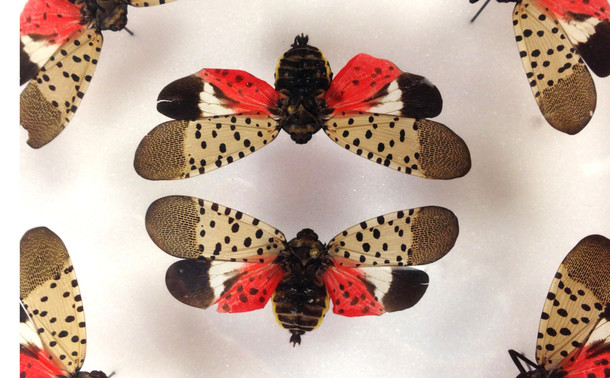
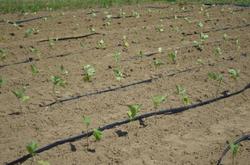
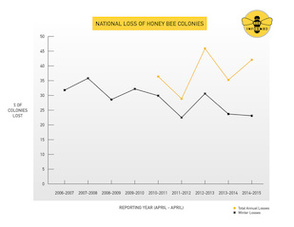
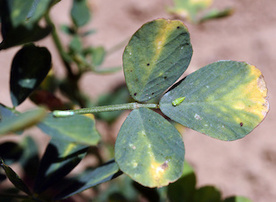
 RSS Feed
RSS Feed




